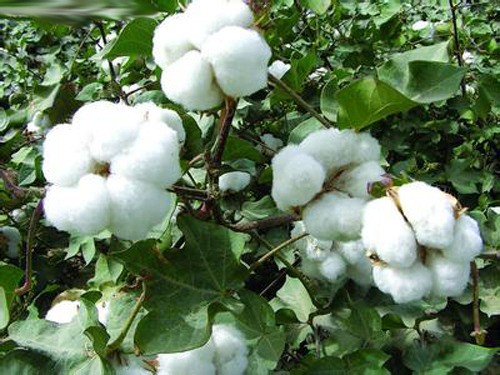
Since the middle and late August, with the drop in cotton prices, textile companies have basically achieved a turnaround. Take a company in Dongying, Shandong as an example. From August 20 to 30, its current profit (that is, the profit from the production and sale of cotton on the day) was 320 yuan/ton, and its 15 days profit was 15 days ago. Profit from production and sales is 270 yuan/ton. The market believes that this shows two things: First, the company has turned a profit, the company’s spot profit and 15-day profit in April this year were -750 yuan / ton, -820 yuan / ton, respectively, currently at 300 yuan / ton Around, it shows that in the past 4 months, the profits of textile enterprises have recovered by 1000-1100 yuan/ton; Second, the profits of enterprises are still relatively thin, only around 300 yuan/ton. In addition, the decline in the price of cotton did give textile companies a slight benefit in the initial period, but with the further decline in the price of cotton and the weaker confidence of textile companies in the market outlook, the wait-and-see attitude toward the pure cotton yarn in the downstream has increased, and the demand in the spot has decreased. Furthermore, some scale textile enterprises have sold inventory at a relatively low price, forcing SMEs to follow price cuts and reduce their profitability. Some textile companies have even run at a loss. In short, most of the current cotton spinning companies are operating under capital preservation, some are still in a state of losing money, and the latter's profits are still dependent on the actions of the upstream cotton.
With the approaching of the new year, the turnover of funds is also one of the problems that currently plague textile companies. The dull sales of pure cotton yarns have increased stocks, and the funds that can flow have tightened. In addition, according to a textile company, before the bank’s ** expired, the company only needs to change one contract and does not need to pay off completely, but now after the contract expires, the textile company needs to pay off in full and apply again* *. At present, the funds of textile enterprises are more pressed on yarns or raw materials. In such a situation, textile enterprises can only borrow money from guarantee companies or other financial institutions at a higher interest rate, and after repaying banks, they can apply for **. Companies that have regained ** have limited losses, but companies that have not been able to obtain ** for a long time will suffer heavy losses because of other high-interest-rate costs. Some may even take profits for several months and circulate at a high level of capital. Under the circumstances, problems with the capital chain of a company often affect the operation of other companies. Recently, some small-scale textile companies have fallen under the double pressure of both internal and external pressures, but with the gradual recovery of the textile industry, financial pressure will also be reduced.
Folding Label,Foldable Labels,Custom Sticker Labels,Manual Folding Label
Guang Zhou SUNSEA Printing Technology CO.,LTD. , https://www.sansenprinting.com